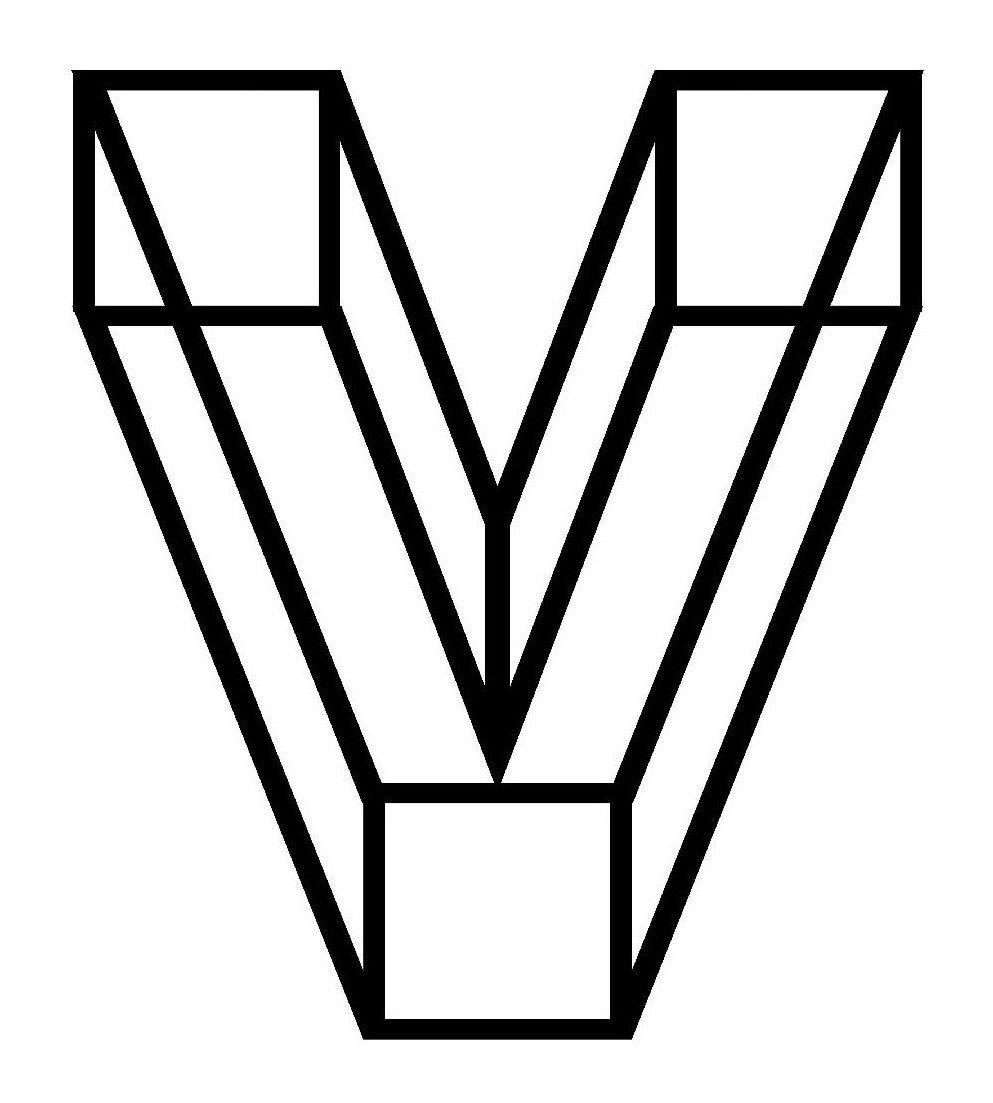WRONG NORMA by Anne Carson — reviewed by Stella
Anne Carson is a Canadian poet, essayist, classicist and translator. In Wrong Norma, variously described as prose poems or prose pieces, she is confronting writing and ideas. She allows thoughts to take the lead, to follow the other, in sometimes bewildering, sometimes illogical ways to paces where juxtapositions and contradictions segue into each other with a wonderful ‘wrongness’. And what is the idea of wrong? Her description of this project (as most of her published works are: she makes a handmade book, which is then produced as a facsimile by her publisher) is elusive and offers a brief explanation: “...a collection of wrings about different things..” And this collection is wide-ranging in subject matter, from swimming to snow, Joseph Conrad and Emily Dickinson, riffs on Socrates and violence, observations on poverty and displacement, a piece of writing by the Sky, in fact a week-long journal, my favourite being a conversation on Wednesday with Godot, and an image essay reimagining the meeting of the German philosopher Heidigger and the Jewish writing Paul Celan in 1966. Re-reading any one of these prose pieces is submerging. (The idea of suubmerging also links strongly to the first piece on swimming, so desire to be in water, out of air). They are endlessly curious, striving forward, to what one is never completely sure, and this makes them compelling. You return to discover something new and surprising each time, and it makes you ask questions rather than look for answers. In this work, Anne Carson seems to be asking questions and there are these wonderful scrap paper interludes between each piece. Some with merely a faintly typed comment or questions. Others that are dialogue, questions and answers, the questions often repeated, the answers varied — are they questions put to a host of visitors or characters or the author talking to herself? These repetitive questions include: “ Do you like the films of Eric Rohmer?”, followed by “Do you like jam?”, as if asking these simultaneously is a given. The other question that pops up repeatedly is “ What is yor philosophy of time?” With answers variously being: “I’m quite sure we’ll surrender” to “ how it’s sweet and how it’s moving” and “ a shallow closet with narrow bench and a rope to pull you up”. Are the recipients answering this question or even hearing it? Or are we always in conversation at cross purposes? Many of the text peices are reflecting on the process of writing. What is language, and how does it work? When translation is evoked, what happens to the text, whether this is translating yourself or others? Perspective and observation can be wrong and this wrongness leads to discoveries. Anne Carson calls these pieces wrong and enjoys herself. These is intelligent and playful writing. There is much here to amuse, as well as provoke thinking. But who or what is Norma? There is a reference in one piece to Norma Desmond, a character played in a film by Gloria Swanson, but I wondered if here the translator in Carson comes to the fore. Norma in latin can mean rule or pattern; in Greek, examiner. In an interview with Paris Review, Carson describes writing like seeing and following a fox. “I think about it as something that arrives in the mind, and then gets dealt with if it’s interesting. It’s more like a following of something, like a fox runs across your backyard and you decide to follow it and see if you can get to where the fox lives. It’s just following a track.”

